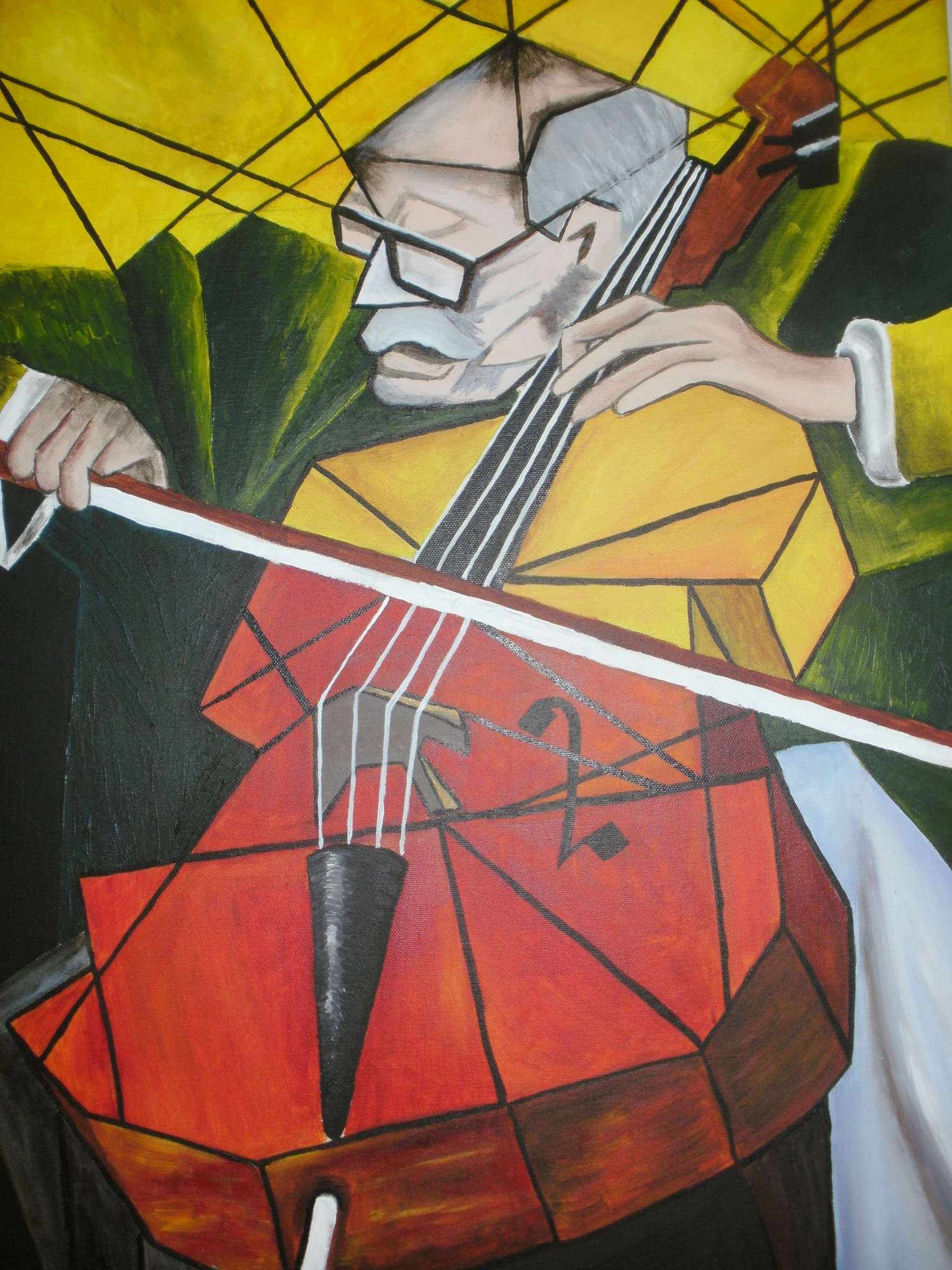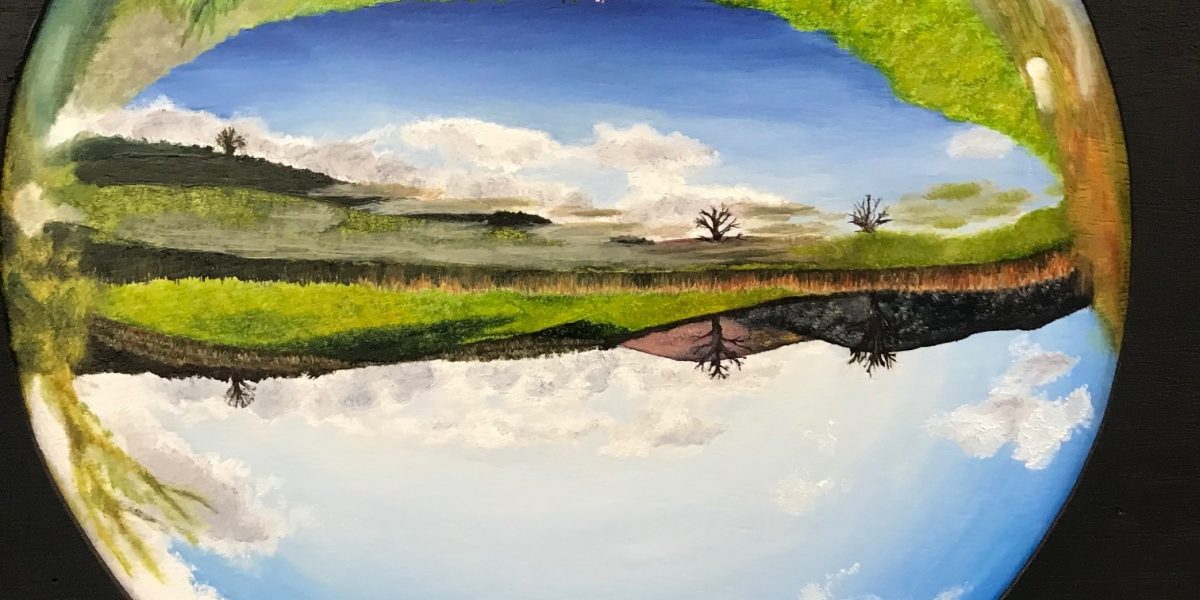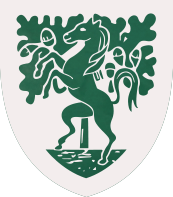
Level Art & Design pupils at Stover can choose to be entered for one of the following courses:
- Art, craft and design
- Photography
- Fine art
- Graphic communication
- Textile design
- Three-dimensional design
Component 1: Portfolio
The contents of the portfolio will be determined by the nature of the course of study.
The emphasis of this component will be on the development of understanding and skills using an appropriate range of materials, processes and techniques. Students should produce a collection of materials that exemplifies work carried out during the AS course.
Each Pupil must include in their portfolio:
- A selection of thoughtfully presented work that demonstrates the breadth and depth of the course of study
- At least one extended collection of work or project, based on an idea, concept, theme or issue. This should demonstrate the student’s ability to sustain work from an initial starting point to a realisation. It should include evidence of their ability to research and develop ideas and link their work in a meaningful way to relevant critical/contextual materials.
Portfolios may also include:
- Critical/contextual work, which could include written material such as journals, reviews, reflections and evaluations, annotations and historical background material. Evidence may be included from books, journals, moving images, photographs, digital presentations and the internet, as well as studies made during a residency, site, gallery or museum visit.
- Sketchbooks, workbooks, journals. Alternatively, students may wish to present a series of related images mounted on sheets.
- Where appropriate to the student’s area of study, test pieces, samples, storyboards, models or maquettes.
There is no restriction on the scale of work produced. Students should carefully select, organise and present work to ensure that they provide evidence of meeting all four assessment objectives.
All the work submitted for this component will be marked as a whole.
Students must identify and acknowledge sources which are not their own.
Component 2: Externally set assignment (Examination)
Separate question papers will be provided for each title. These will consist of a choice of five questions to be used as starting points. Students are required to select one. Students will be provided with examination papers on 1 February, or as soon as possible after that date.
Preparatory period – from 1 February
Following receipt of the paper students should consider the starting points and select one. Preparatory work should be presented in any suitable format, such as mounted sheets, design sheets, sketchbooks, workbooks, journals, models and maquettes.

Supervised time – 10 hours
Following the preparatory period, students must complete 10 hours of unaided, supervised time.
The first 3 hours of the supervised time must be consecutive.
In the 10 hours students must produce a finished outcome or a series of related finished outcomes, informed by their preparatory work.
Students must stop work on their preparatory work as soon as the first period of supervised time starts. Students may refer to their preparatory work in the supervised time, but it must not be added to or amended.
Preparatory work and the work produced during the supervised time must be kept secure in between sessions of supervised time.
The work produced during the supervised time must be clearly identified as such. Students must identify and acknowledge sources which are not their own.
At the end of the 10 hours of supervised time all the work submitted for this component must be kept secure.
Preparatory work and the work produced during the 10 hours of supervised time will be assessed together, as a whole, against all four assessment objectives. Students will be assessed on their ability to work independently, working within the specified time constraints, and developing a personal and meaningful response.
There is no restriction on the scale of work produced. Students should carefully select, organise and present work to ensure that they provide evidence which meets the requirements of all four assessment objectives.




Recent Comments